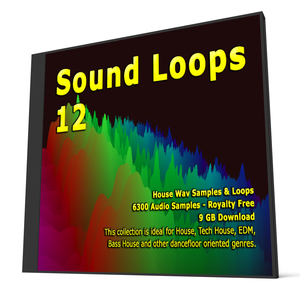

Traditional 7.1 surround speaker configuration introduces two additional rear speakers to the conventional 5.1 arrangement, for a total of four surround channels and three front channels, to create a more 360° sound field. Sony Dynamic Digital Sound (SDDS) is an 8 channel cinema configuration which features 5 independent audio channels across the front with two independent surround channels, and a Low-frequency effects channel. Cinema 5.1 surround formats include Dolby Digital and DTS. Other commercial formats include the competing DVD-Audio (DVD-A) and Super Audio CD (SACD) formats, and MP3 Surround. Types of media and technologies Ĭommercial surround sound media include videocassettes, DVDs, and SDTV broadcasts encoded as compressed Dolby Digital and DTS, and lossless audio such as DTS HD Master Audio and Dolby TrueHD on HDTV Blu-ray Disc and HD DVD, which are identical to the studio master. Significant work has also been done using surround sound for enhanced situation awareness in military and public safety application. In such applications, the content would typically be synthetic noise produced by the computer device in interaction with its user. Other fields of application include video game consoles, personal computers and other platforms. Topical natural sounds may also be used in educational applications. For example, an exhibition may be enhanced with topical ambient sound of water, birds, train or machine noise. This applies mainly to cinema narratives, for example the speech of the characters of a film, but may also be applied to plays performed in a theatre, to a conference, or to integrate voice-based comments in an archeological site or monument.

The narrative space is also a content that can be enhanced through multichannel techniques.
LOGIC SOUND PACKS MOVIE
In terms of music content for example, a live performance may use multichannel techniques in the context of an open-air concert, of a musical theatre performance or for broadcasting for a film, specific techniques are adapted to movie theater or to home (e.g. Multichannel audio techniques may be used to reproduce contents as varied as music, speech, natural or synthetic sounds for cinema, television, broadcasting, or computers. Though cinema and soundtracks represent the major uses of surround techniques, its scope of application is broader than that as surround sound permits creation of an audio-environment for all sorts of purposes. The most common surround sound specification, the ITU's 5.1 standard, calls for 6 speakers: Center (C), in front of the listener Left (L) and Right (R), at angles of 60° Left Surround (LS) and Right Surround (RS) at angles of 100–120° and a subwoofer, whose position is not critical. Surround sound formats vary in reproduction and recording methods, along with the number and positioning of additional channels.

Surround sound typically has a listener location ( sweet spot) where the audio effects work best and presents a fixed or forward perspective of the sound field to the listener at this location. This is achieved by using multiple discrete audio channels routed to an array of loudspeakers. The technique enhances the perception of sound spatialization by exploiting sound localization: a listener's ability to identify the location or origin of a detected sound in direction and distance. Surround sound adds one or more channels from loudspeakers to the side or behind the listener that are able to create the sensation of sound coming from any horizontal direction (at ground level) around the listener. Prior to surround sound, theater sound systems commonly had three screen channels of sound that played from three loudspeakers (left, center, and right) located in front of the audience. Its first application was in movie theaters. Surround sound is a technique for enriching the fidelity and depth of sound reproduction by using multiple audio channels from speakers that surround the listener ( surround channels).


 0 kommentar(er)
0 kommentar(er)
